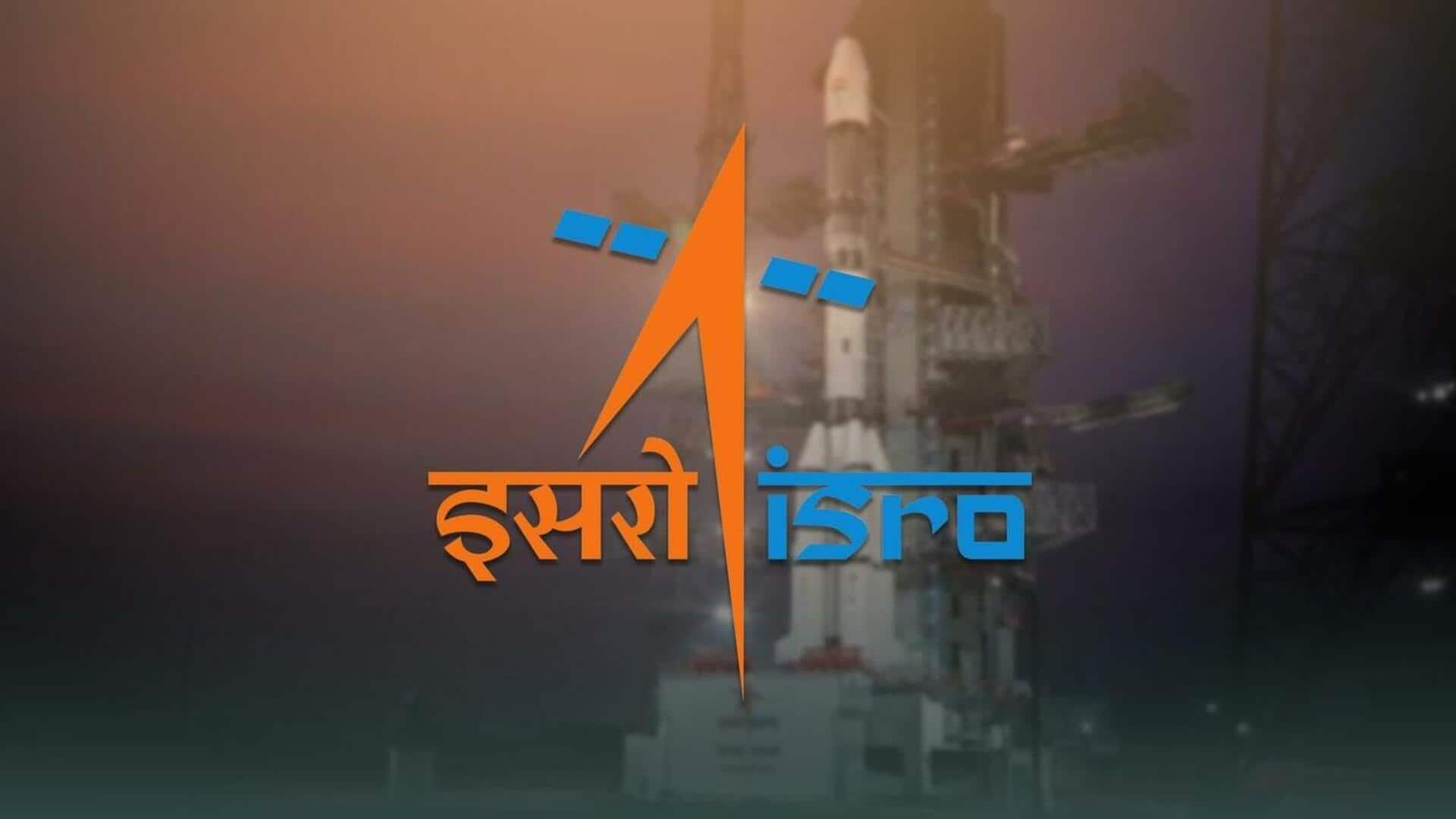
ISRO's Ahmedabad facility will aid Gaganyaan mission: Here's how
What's the story
The Indian Space Research Organisation (ISRO) facility in Ahmedabad will play a key role in India's first crewed space mission, Gaganyaan. The three-day mission intends to fly three astronauts into an orbit of 400km above the Earth's surface and bring them back safely, via a planned splashdown in the Indian Ocean. While the rocket will be built elsewhere, all the internal systems for the crewed mission, including the communication systems, will be constructed in Ahmedabad.
Insights
A test vehicle is scheduled to launch by October end
Nilesh Desai, Director of the Space Applications Center (SAC) at ISRO Ahmedabad, said that a test vehicle, called Test Vehicle D1 (TV D1) will launch by October end. This test vehicle will serve as a precursor for the Gagayaan mission, featuring only a crew module that astronauts will fly in. The vehicle will mainly test the crew's escape sequence to ensure astronaut safety in case of unforeseen circumstances, during launch or splashdown.
Detail
Ahmedabad facility to develop key communication and cabin systems
Two essential systems for the upcoming Gaganyaan mission, namely the human-habitable cabin and communication systems will be developed at ISRO's Ahmedabad facility. The cabin will have three seats for astronauts, a lighting system, internet facilities, cameras, fire extinguisher, and two display panels to monitor various parameters. Camera sensors will track oxygen and carbon dioxide levels, ensuring astronaut safety during the mission. Before Gaganyaan's launch, ISRO plans to send two satellites into geostationary orbit to support mission communication.
Details
Objectives of the test vehicle
Test vehicle D1 (TV D1) "will be similar to a test flight of Gaganyaan in that only a crew module—a cabin where astronauts can travel—will be present," said Desai to ANI. "It will be promulgated, launched into space, and from there the crew escape sequence will be tested. When a problem with getting the crew off the ground or from the water develops, the Crew Escape System (CES) is designed as an escape route."